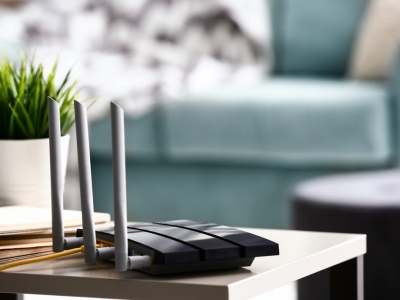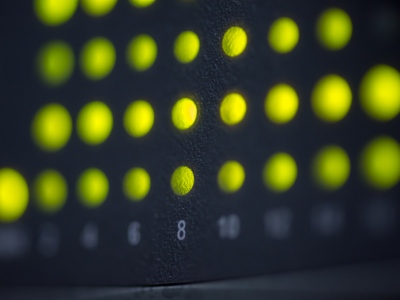The market for ultrabooks has widened and deepened in interesting ways since the beginning of the new year and with the addition of Intel’s Haswell Processor in June and Microsoft’s expected release Windows Blue around the same time, 2013 looks to be a big year for ultrabooks. So perhaps it’s a good time to take stock.
Hardware
Just over three months into 2013, answering the question, “what does an ultrabook look like?” is becoming extremely difficult. The Lenovo ThinkPad Helix, released in February, for example, bears little resemblance to the Samsung Series 5 or Google’s Chromebook Pixel, for that matter, both also released this year. All of these devices, however, are very much ultrabooks. What makes that so? In the hardware sense, two things: touchscreens and processors. The clearest trend in the ultrabook market in 2013 is a move toward laptop-tablet hybrids, something that, if done correctly, can be very cool (like the ThinkPad Helix, for instance). Processors are what really matter, though, and they’re what truly unite ultrabooks. For the last while, ultrabooks have been running on Intel’s Ivy Bridge processor microarchitecture. That’s going to change in a big way later this year, making 2013 the best ultrabook year we’ve seen in a while in terms of sheer innovation.

The best is yet to come – Haswell, meet Blue
A great confluence of events is set to happen in the ultrabook market in 2013: the tandem release of Haswell, Intel’s new processor microarchitecture, and Windows Blue, a keenly anticipated, thoroughly mobile update to Microsoft’s Windows 8 software. Both are expected to be released around June—although it was leaked last week that a few online stores based in the Netherlands are taking pre-orders for the chips, which they promise to deliver in late May, before the official release date – and will make quite the pair.
What’s great about these products being released together is that each makes the other better. The two most tangible benefits of Haswell will be increased power savings and a major graphics (GPU) upgrade. This fits in perfectly with Microsoft’s vision for Windows Blue, which is rumoured to have even more power-saving features than the current, 2012 Windows 8, as well as amazing new visual features optimizing touch screen capabilities (this was revealed last week in a leaked video of an in-house demonstration of Windows Blue).
The future marriage of Haswell and Blue are going to do one thing: make your ultrabook more like your smartphone. The vision both Intel and Microsoft have is one of a better performing, perpetually-updating, power saving synthesis that makes your ultrabook experience – with all its various possibilities, thanks to the laptop-tablet hybrid hardware features mentioned earlier – as seamless as possible. When you check your email on your “tablet” ultrabook after it’s been released from its keyboard base for 6 hours, you’ll still have 2 hours of battery left. That’s the vision: reaping the benefits of all the hardware advances that have already taken place in 2013 to extend what you can use an ultrabook for by lengthening battery life and upping the visual display ante.
A lot of what’s known about Windows Blue is still speculation, but what’s certain is that Haswell and Blue are being made for each other. What’s also certain is that 2013 will continue to be a year of great change for ultrabooks, making it a great time to look for the best ultrabook by Lenovo, Samsung, or Acer.









Comments